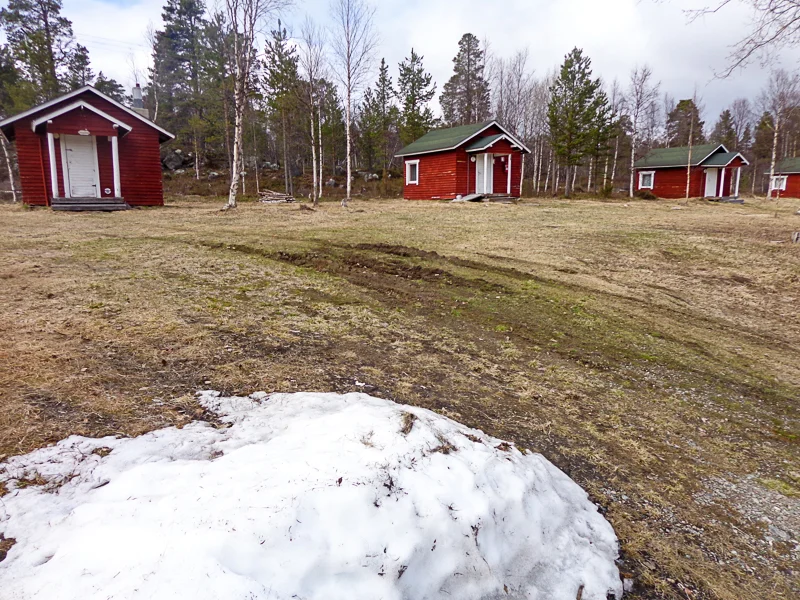Oslo to Borgund
We left Oslo by bus for a ride to Flam. This post will just cover the first part of the journey. For me, I like to travel by large bus. I get a high seat, large windows, and I get to see what the country is really like, outside of the big cities. My goal here is just to show some typical scenes on our drive from Oslo to Borgund, on our way to Flam. These are mostly moving bus photos but will give a good idea of the ride.
We spent a lot of miles seeing sights such as the first photo. The land was hilly to mountainous. Most of the land was covered with forests, both evergreen and deciduous trees. There were almost always high mountains in the background that were covered with snow. Many of the houses and barns looked like the buildings in this photo. The highways were not very busy most of the time and the roads were good.
The second photo is part of the small town of Hemsedal. We ate lunch at the Hemsedal Café but didn’t get a chance to walk around town. There wasn’t too much to see anyway. It is on National Road 52 and getting close to the half way point between Oslo and Bergen.
We did more climbing after leaving Hemsedal and we seemed to get above tree line. The snow was thicker and we were now in the snow. Our bus made a road stop at the place in the fourth photo. This was at 3,700 feet elevation. In Norway, no matter what the location, someone had a house or a summer cabin there. My guess is that the house in this photo is actually a summer cabin.
Borgund was our third stop of the day. You can see the Historic Borgund Stave Church in the last photo. The old church is on the right, built in 1180 with the bell tower next to it, and the new Borgund Church is the red one on the left. The new church was built in 1868 and has been the primary church since that time. The old church has had some restorations but is largely as it was built. The walls are formed by vertical wooden boards, or staves, and hence the name “stave church”. We stopped and visited the old church and the museum for about an hour. The old church has no lights and very little light gets inside, so I took photos but they said no flash, so the photos are pretty dark. It wasn’t much to see inside anyway except some nice carvings in places.































































































